Strategic Planting
Strategic planting involves placing trees and shrubs in specific locations to maximize privacy. For example, you can plant trees along the perimeter of your yard to create a natural fence. You can also plant trees in strategic locations to block the view from your neighbors' windows. When selecting trees, consider their height and width at maturity to ensure they provide adequate privacy.
Complementary Shrubs and Flowers
Complementary shrubs and flowers can be used to enhance your privacy fence and add color to your yard. For example, you can plant shrubs in front of your fence to create a layered effect. This can help to break up the monotony of a solid fence and add visual interest. You can also plant flowers in front of your shrubs to add color and texture. When selecting shrubs and flowers, consider their height, color, and texture to ensure they complement your privacy fence.
Remember, when landscaping for privacy, it's important to consider the maintenance requirements of your plants. You don't want to create a beautiful natural barrier that becomes an eyesore because it's not properly maintained. With a little planning and effort, you can create a beautiful and functional privacy fence that enhances your yard and provides the privacy you need.
Maintenance and Durability
Weather Resistance
When choosing a privacy fence, it's important to consider how well it will withstand different weather conditions. For example, if you live in an area with heavy rainfall, you'll want to choose a fence that is resistant to water damage. Vinyl and aluminum fences are both good options for areas with lots of rain, as they are both resistant to water damage and won't rust or corrode.
If you live in an area with high winds, you'll want to choose a fence that is sturdy and can withstand strong gusts. Wood fences are popular for windy areas, as they are heavy and can be anchored securely into the ground. However, you'll need to make sure the wood is treated to resist rot and decay, as exposure to moisture can weaken the fence over time.
Long-Term Care
In addition to choosing a fence that can withstand different weather conditions, it's important to consider the long-term care required to maintain your privacy fence. Some materials, like vinyl and aluminum, require very little maintenance beyond occasional cleaning with soap and water. Other materials, like wood and bamboo, require more upkeep to prevent rot, decay, and insect damage.
If you choose a wood fence, you'll need to regularly apply a sealant or stain to protect the wood from moisture and UV rays. You'll also need to keep an eye out for signs of rot or insect damage and replace any damaged boards as needed. Bamboo fences require similar maintenance, as the material is susceptible to rot and insect damage if not properly cared for.
Overall, choosing a privacy fence that is weather-resistant and requires minimal long-term care will help ensure that your fence looks great and provides the privacy you need for years to come.
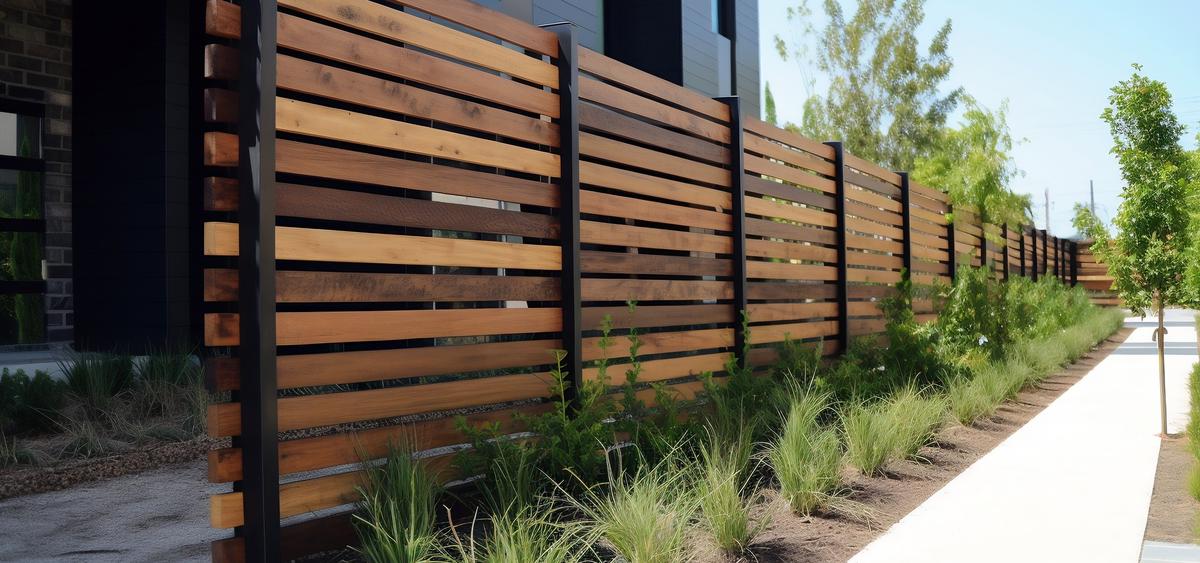
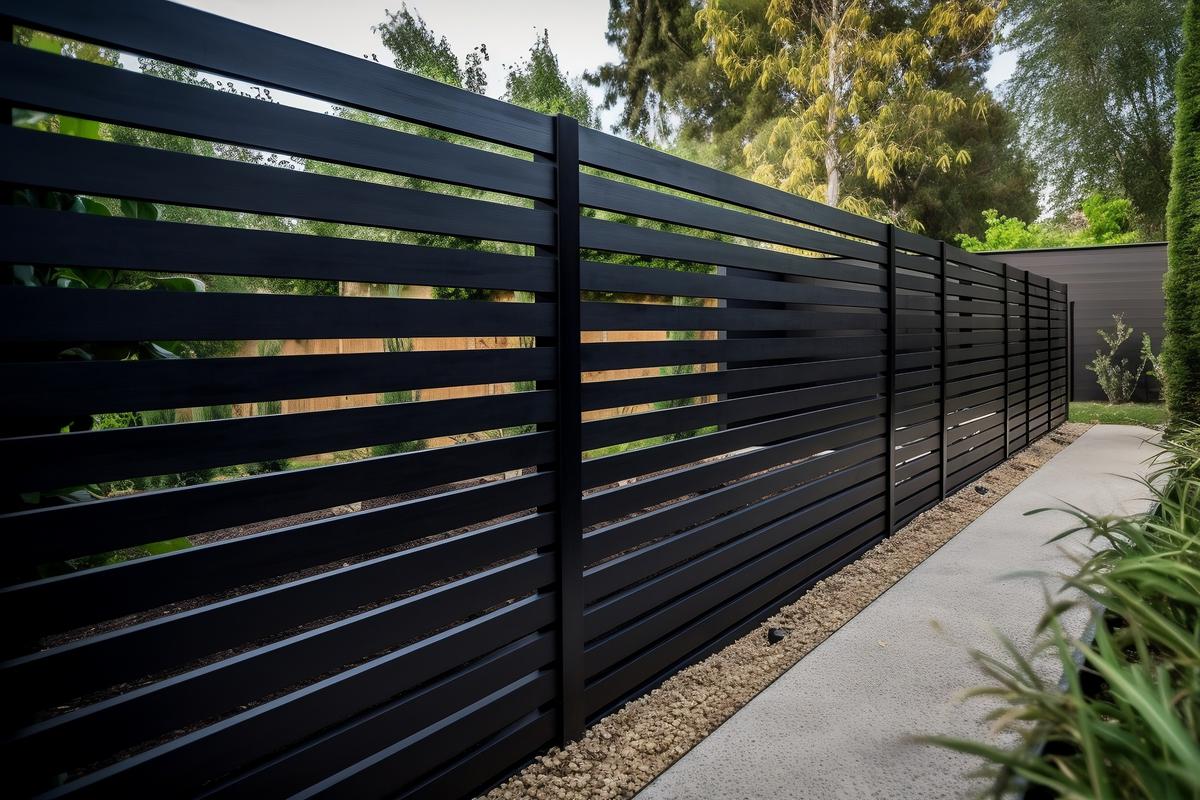
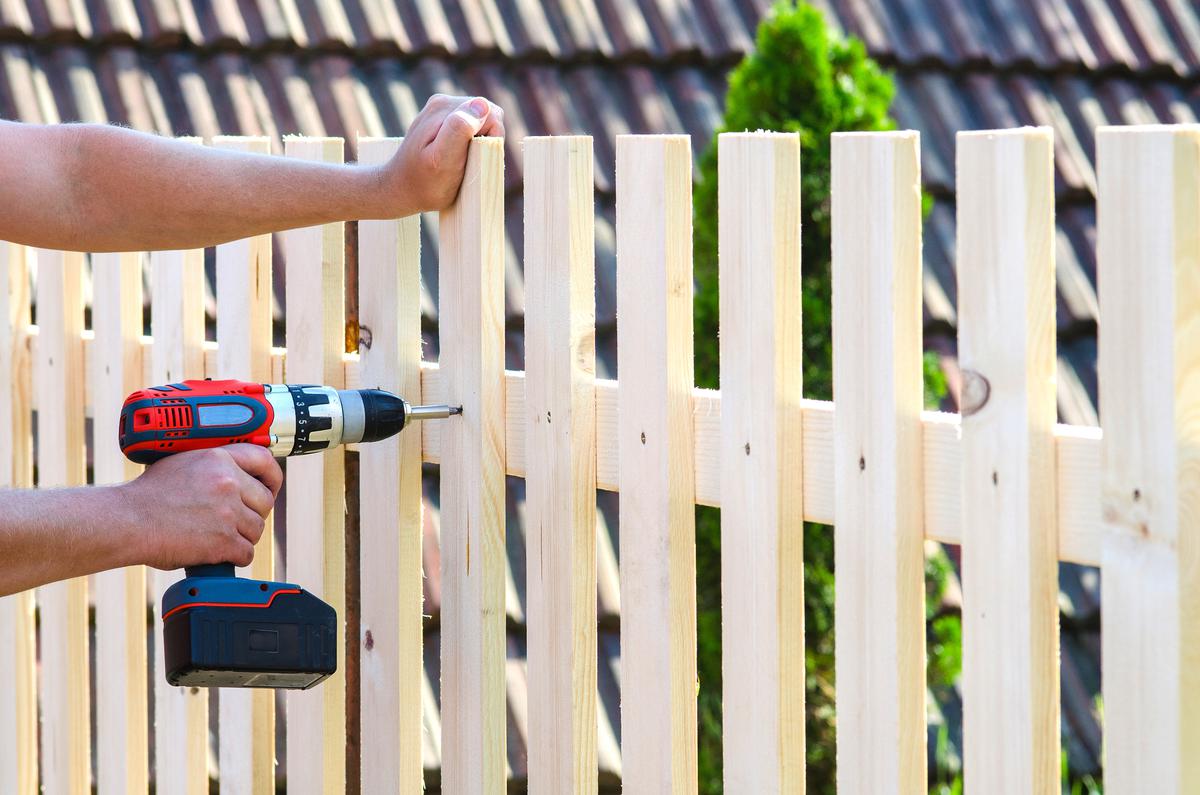
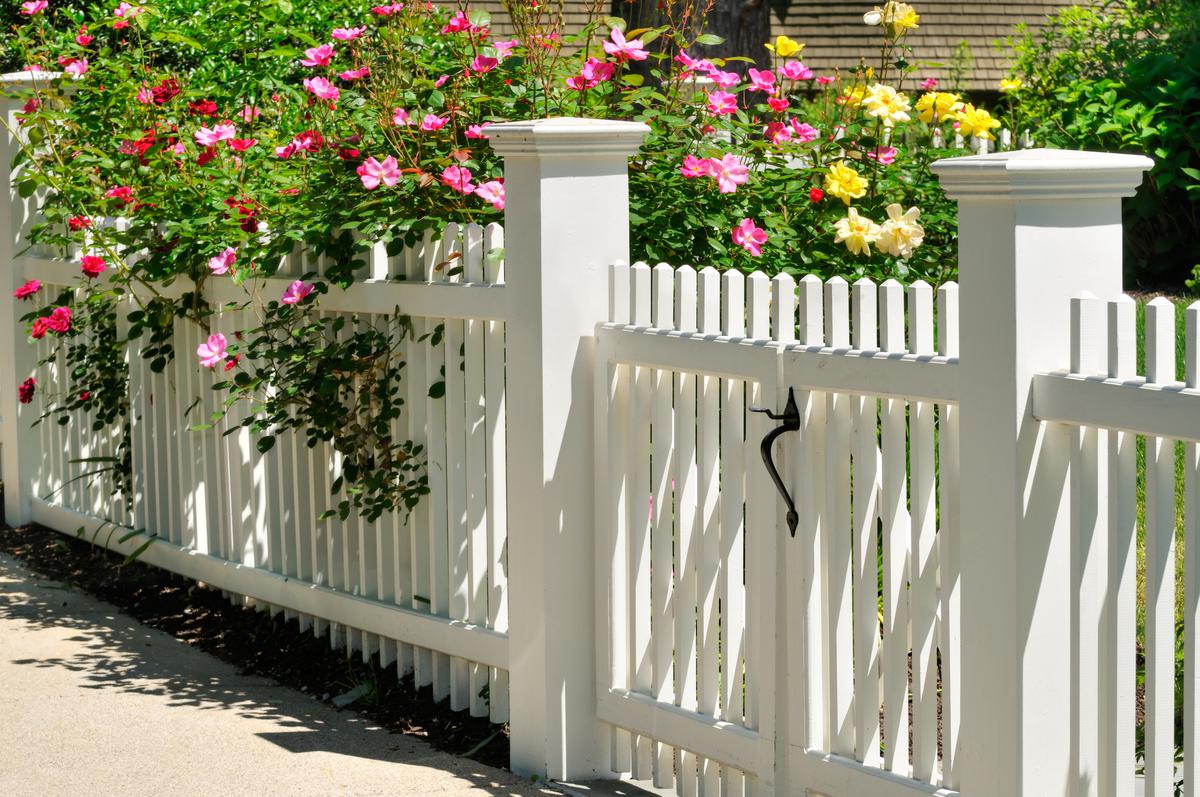

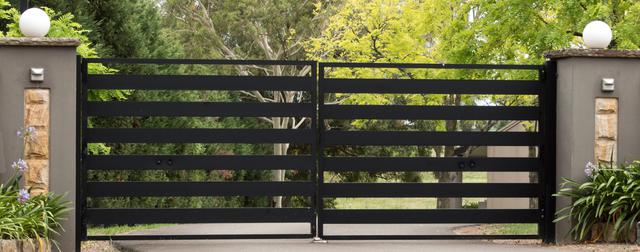
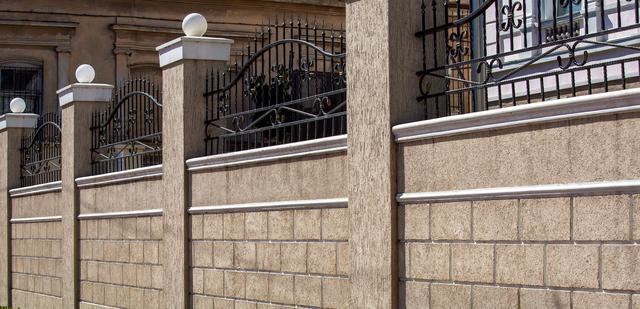
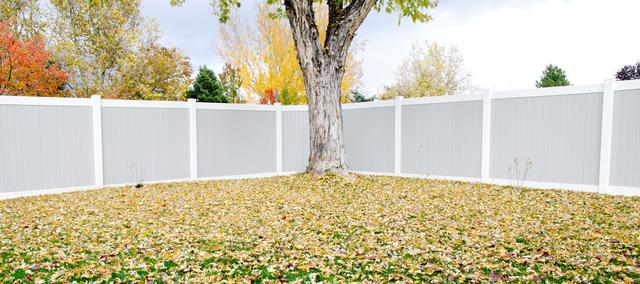
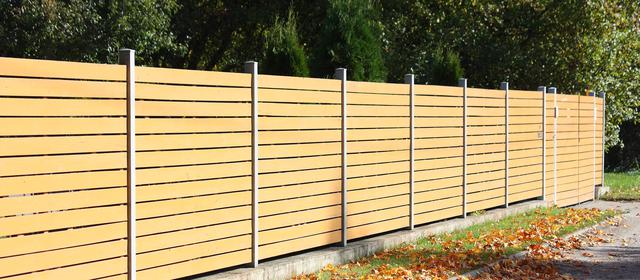
comments